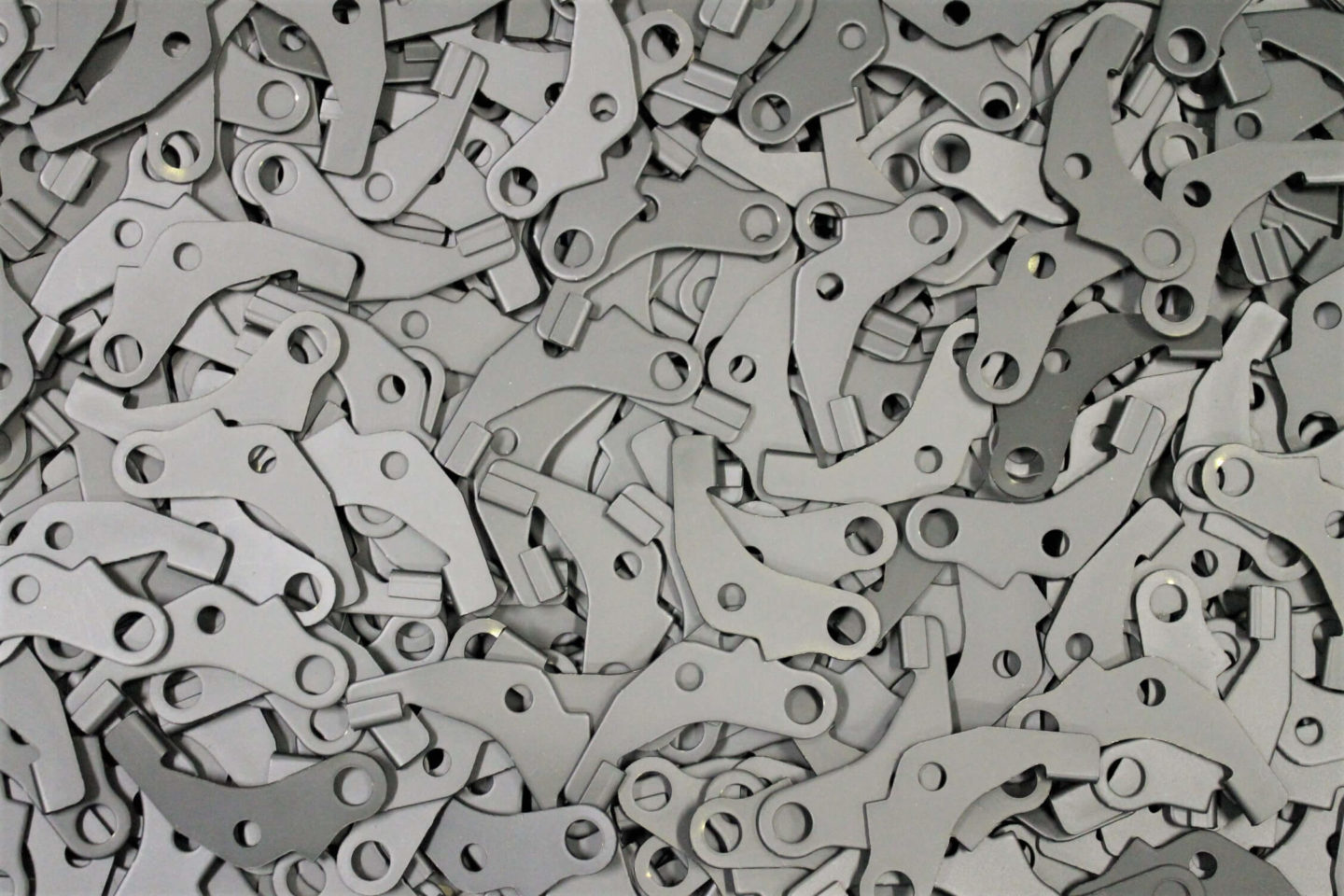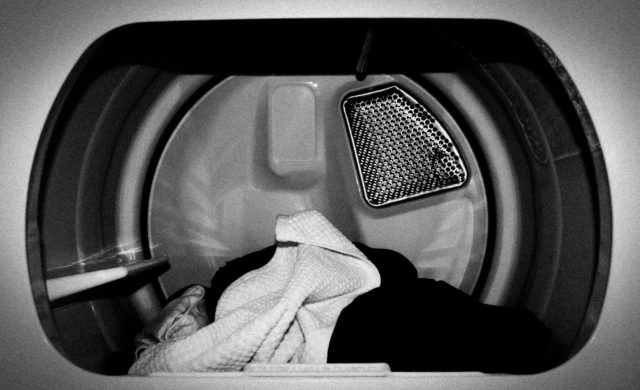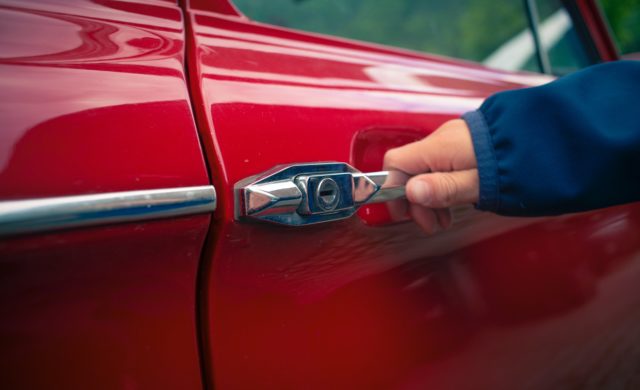Non-stick coatings, also known as release coatings and dry film lubricants, provide many advantages to a wide variety of industries. The application of dry film lubricants offers design versatility when traditional lubrication is not feasible. The benefits of using non-stick coatings are that they offer a reduced coefficient of friction, the elimination or reduction of noise, as well as ensuring component functionality when it has been idle for extended periods of time. Many of these non-stick coatings are FDA acceptable and include such fluoropolymers as PTFE and FEP suspended in a high-performance resin.

Non-stick coatings offer a range of tangible benefits, including:
Increased equipment life
Minimized machine downtime
Improved product release
Optimized rinsing and cleaning
Minimized quality issues

Choosing a Nonstick Coating
Because non-stick coatings are often as similar as they are different, it can be difficult to determine which option is best for your application. DECC’s staff possesses deep knowledge of the nuances of non-stick coatings and can perform a thorough evaluation of your application to determine which coating is right for you.
Whitford and Henkel make a variety of very successful non-stick coatings, while Dow specializes in those that offer a reduced coefficient of friction.
For non-stick coating services, let DECC help you to select the best release coating for your challenge. Contact us about PTFE coating services and other non-stick coatings today.
PTFE:
PTFE stands for Polytetrafluoroethylene, a water-resistant coating that helps reduce friction when used as a lubricant. Because PTFE is very non-reactive, PTFE coatings are useful for applications that involve corrosive chemicals. An incredibly versatile substance, PTFE is used for everything from biomedical textiles to bicycle chain lubricants.
FEP:
Fluorinated ethylene propylene, or FEP, matches PTFE in terms of corrosion resistance. However, it has a lower melting point (260 °C) and has greater flexibility and a higher resistance to abrasion. FEP is often used for wiring. It is a better choice than PTFE for applications that involve exposure to detergents.
Molydisulfide & Molybdenum:
These are dry film lubricants that are rich with MOS2 (molydisulfide) or molybdenum and graphite. These non-stick coatings are useful in transferring lubricant to mating parts, such as a telescoping music stand where a metal rod is housed within another metal rod that moves up and down. Several of these dry film lubricants behave well in corrosive, chemical, and extreme temperature environments, as well.
Related Articles

Reduce Plastic Sticking with Dryer Panel Coatings
DECC SOLVES PROBLEM OF PLASTIC STICKING TO DRYER PANELS

Coatings for a Quiet Ride
As cars have gotten quieter and quieter over the years, auto makers have...

Dip Spin vs. Rack Spray – Why Not Both?
When it comes to the application of liquid-based functional coatings, there are two...
